
On August 17th, 2022, the Dodge Charger Daytona SRT Banshee Concept debuted at the brand’s Speed Week event during the week of the Woodward Dream Cruise. Dodge’s concept featured a polarizing design that broke from the brand’s current styling language.
The R-wing
A notable and very innovative feature of the design is the front R-wing, which not only pays tribute to the original Charger Daytona’s design but cleverly channels air through its front opening to significantly enhance downforce while retaining an aerodynamic profile. The term R-wing was coined for Stellantis Chief Of Design Ralph Gilles and has made it through to production on the upcoming 2024 Dodge Charger Daytona R/T and Scat Pack models.
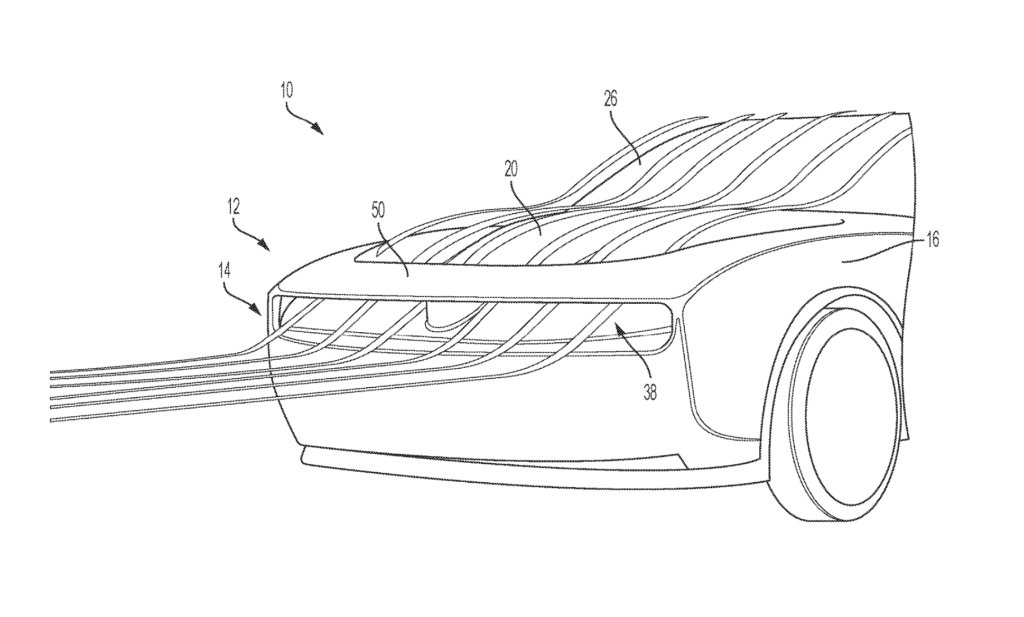
Now, based on a patent filing found by Carbuzz, Dodge may be evolving the R-wing to provide active aerodynamics. Imagine the R-wing as not just a static piece but a dynamic element that adjusts its position based on the vehicle’s speed and driving conditions. This allows for the management of airflow, reducing drag and front lift—two critical factors that can affect a vehicle’s stability and efficiency.
Key Components and Functionality
- Front Wing: This is the primary component of the airfoil system. It extends across the front of the vehicle and is supported at both ends and at the center by a structure known as a stanchion.
- Actuators: These mechanisms, which can be located within the outboard front fascia or the central stanchion, control the angle of the front wing. By adjusting this angle, the system can optimize the vehicle’s aerodynamics in real-time.
How Does it Work?
The front airfoil system is cleverly designed to integrate with the vehicle’s Class-A surfaces, meaning it’s part of the outermost layer of the vehicle that interacts directly with the airflow. When the vehicle is in motion, the airfoil adjusts to either increase or decrease drag and lift. This adjustment is crucial during different driving scenarios, such as high-speed highway driving or sharp cornering.

Aerodynamic Adjustments:
- Single Angle of Attack: The entire airfoil moves as one unit to a specific angle, depending on the need to reduce or increase lift.
- Dual Angle of Attack: In a more sophisticated setup, the airfoil could be split into sections (left and right) that can move independently. This feature could be particularly useful for enhancing vehicle stability during maneuvers like turning at high speeds.
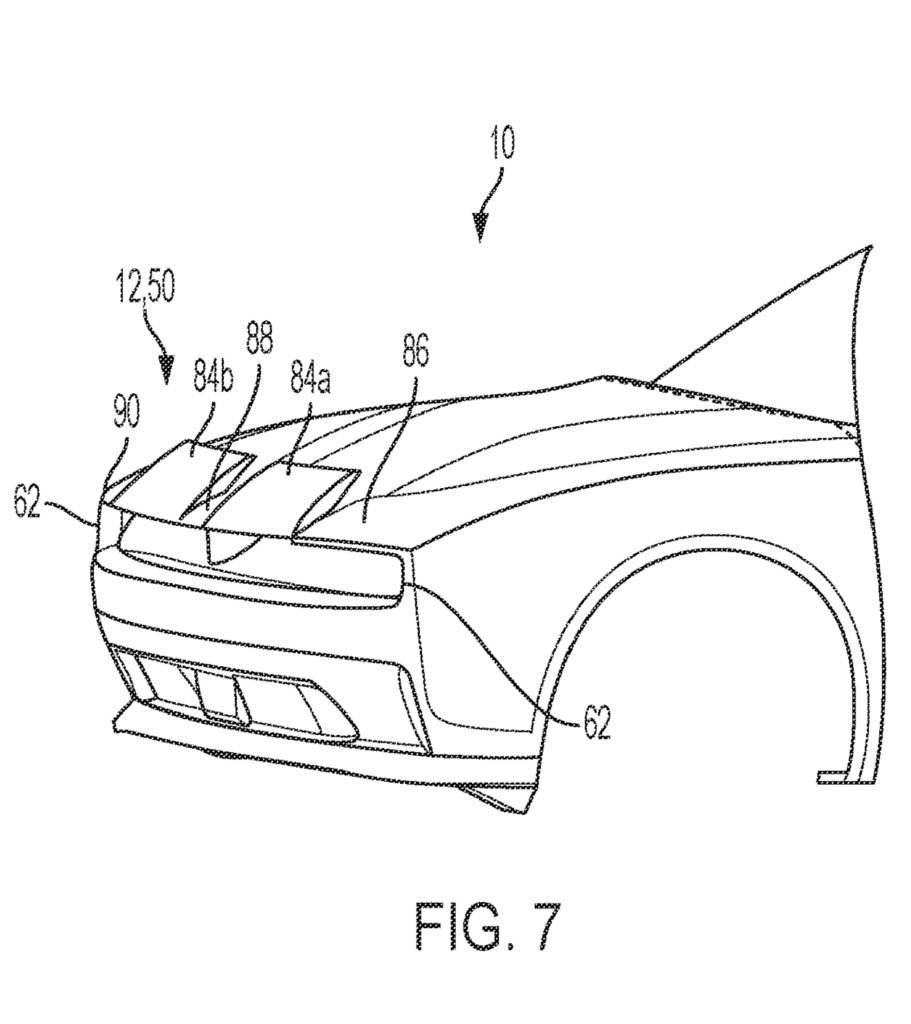
Benefits of the Front Airfoil System
- Enhanced Stability and Control: By optimizing lift and drag, the vehicle maintains better contact with the road, especially under varied environmental conditions.
- Improved Efficiency: Reduced drag means the vehicle slips through the air using less energy, which can be especially important in an electric vehicle, allowing for longer range.
- Versatile Performance: The front wing’s angle can be adjusted, allowing drivers to tailor their driving experience dynamically to speed, driving conditions, and road surfaces.
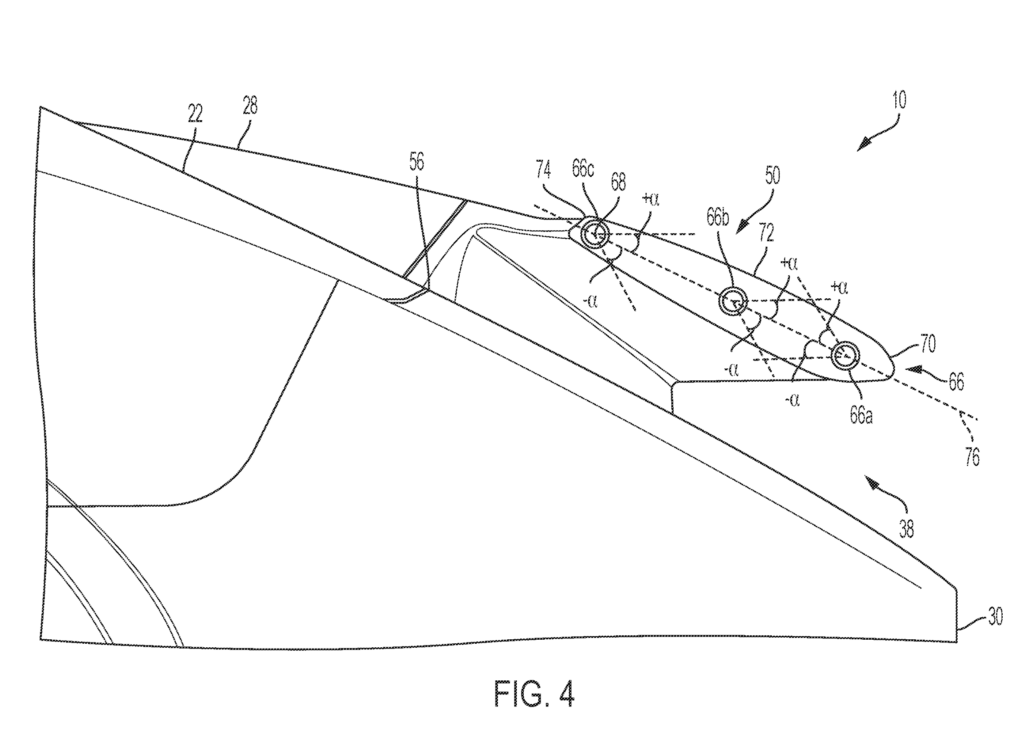
Practical Application
Whether in everyday driving or a performance driving situation, the adjustable R-wing system could theoretically adapt to enhance your driving experience. It’s not just about performance; it’s about smartly harnessing the air around you to make driving more efficient and engaging.
Overall, the patent filing is very interesting and opens up the possibility of using the R-wing in ways that I never would have expected. Whether it will make production or not remains to be seen, but we will likely get a better idea closer to the launch of the upcoming Dodge Charger Daytona SRT Banshee.

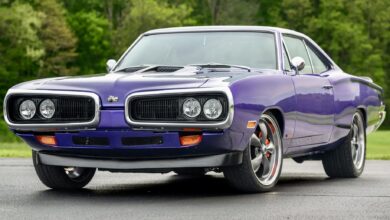

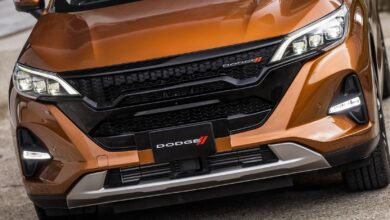
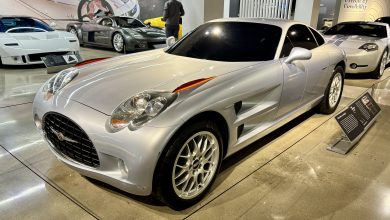

2 replies
Loading new replies...
Join the full discussion at the Mopar Insiders Forum →